Ball and Stick

In this representation atoms are shown as spheres, or balls, and the links between them, the bonds, are shown as sticks. The atoms are coloured differently to show which element they are. Hydrogen is white, carbon grey, oxygen red and nitrogen blue. This is a good representation if one wishes to see the relationships between atoms in space.
Spacefill
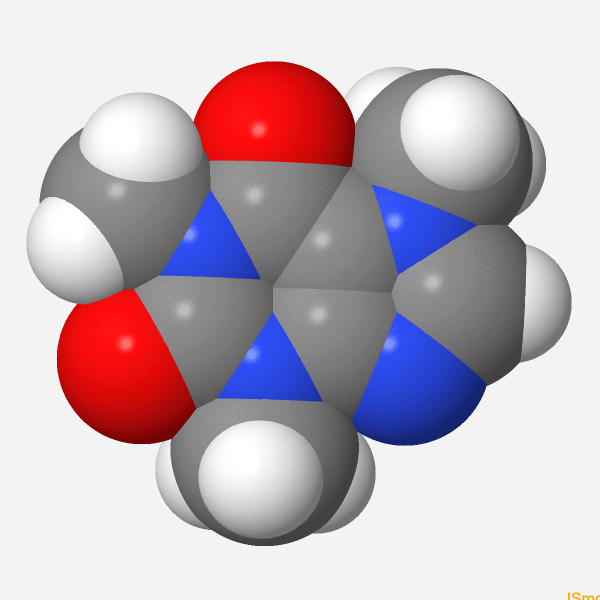
In this representation the atoms are also spheres, however, the spheres are made to represent the size of the atom relative to the whole molecule. The atoms are colour-coded and this view gives a much better idea of the volume of space that a molecule occupies. It does, however, obscure atoms if they happen to be in the centre of the molecule.
Dot surface

One way to combine both "Ball and Stick" and the "Spacefill"
representations is to use the Ball and Stick representation
with a Dot Surface. In this view the surface of the spacefill
view is shown with dots rather than being opaque. Dots may be
overlayed on most of the other styles too.
Sticks
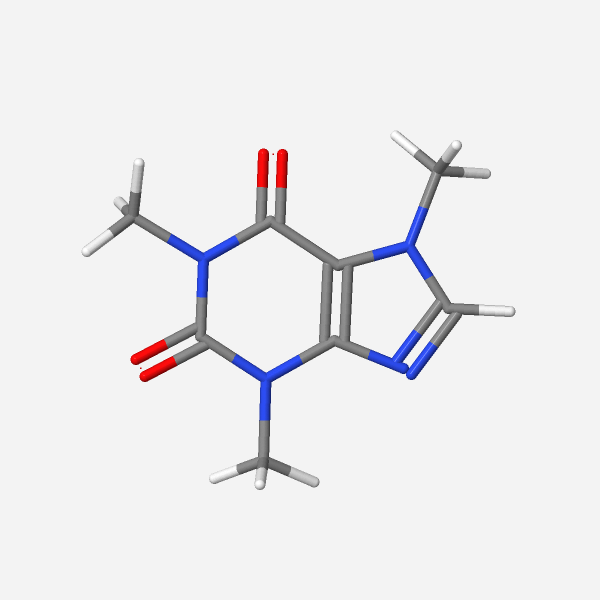
The sticks representation is very much like the ball and stick representation. Here the atoms are simply designated by a coloured end to the sticks joining them.
Wireframe
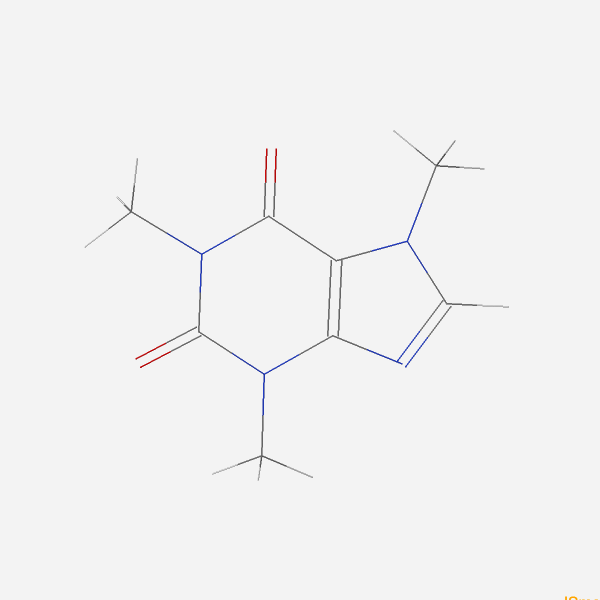
The wireframe representation takes the sticks to the limit and simply shows the molecular structure with lines, rather than sticks with width. This is most useful when looking at larger molecules as it allows the computer to draw the molecule much quicker.
Ribbons

This representation is most useful when looking at
proteins. Proteins are made up of long chains of molecules and
in this representation the individual atoms that make up the
chains are not shown. In this way it emphasises important
structural elements such as the spirals (α-helices) and
flat regions (β-sheets). The ribbons view may be combined
other views such as wireframe. With small molecules such as caffeine, it will use the "Stick" representation.
Cartoon
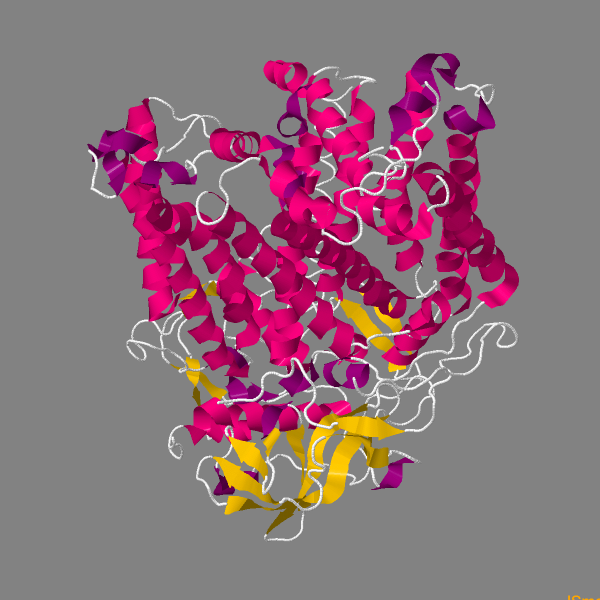
This representation is very similar to the ribbon representation. In this case, however, the structural elements are colour coded in order to emphasise them even more. With small molecules, such as caffeine, it will show the atoms as single dots.
Stereographic views
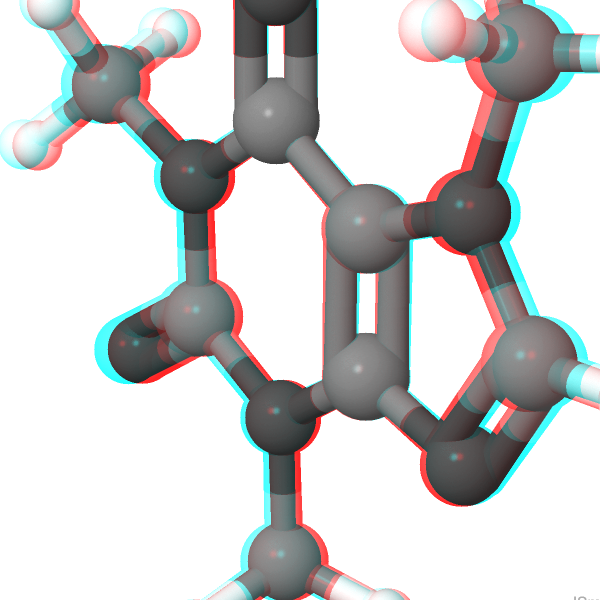
These are representations which can be viewed with different
3D-glasses. The glasses have different filters in front of
each eye to enable each eye to have a different view of the
molecule. This results in the illusion of depth to the
viewer. Red and blue (or green) sweet wrappers are often
sufficient to enable a 3D view to be obtained. The view shown
here requires red and cyan filters.







